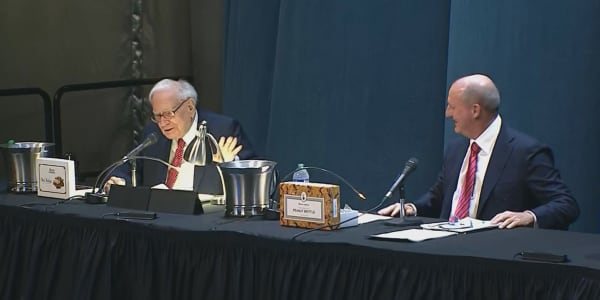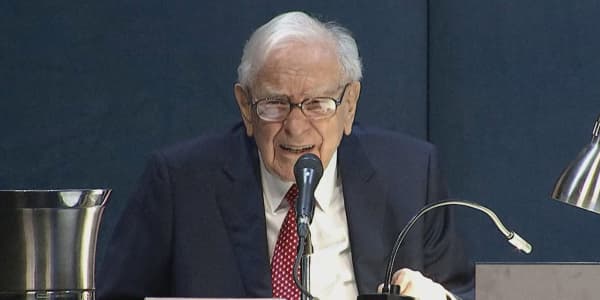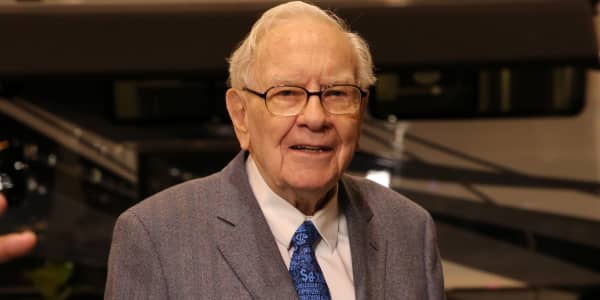If the companies you own shares of haven't received a takeover offer yet, something must be wrong with them.
Nearly 60 companies in the S&P 1500—a broad measure of U.S. large caps, mid caps and small caps—have received M&A offers over the last 12 months, a 3.9 percent ratio that is the highest since 2007, according to Morgan Stanley.
One need only to look at the aggressive courting of Time Warner Cable and Salesforce.com to see that deal activity, fueled by a mix of low interest rates and a strong dollar, is at a fever pitch.
Here's who could be targeted next.
What's interesting about this M&A activity period is that not only are so-called cheap stocks, based on common valuation measures, being acquired. Both cheap and expensive equities are receiving offers, Morgan Stanley said in a report Tuesday, making it a challenge to screen for those stocks that could be next.
"At the end of the day, some cyclical businesses may look expensive today, but cheap on normalized earnings. Other businesses that are being acquired today, particularly in health care, have uncompelling current valuations but are being 'rolled up' on the dream of higher growth, earnings and cash flows in the coming few years," stated the report.
The investment bank studied the other factors that target companies have and then screened for stocks with those same characteristics. These factors include recent underperformance, low gross margins and lack of a dividend.
The above is a selection of Morgan Stanley's picks. The whole list is dominated by health-care and consumer discretionary stocks.
Health-care M&A activity is on fire.
Morgan Stanley states:
"The health-care sector perennially has elevated offer activity, but over the last year it has been exceptionally active, with 8 percent of companies receiving offers. This recent flurry of activity matches the 1996 peak and trails only the 2012 peak. The deals among 'roll-up' companies continue as cost of capital is low, capital availability is generally high and the deals are immediately accretive, with the companies doing the acquisitions typically being rewarded handsomely by the market on the day of the tender offer announcement."
Read More 3 reasons why this bull market is still for real
One fear is that increased takeover activity may mark a top in the bull market. After all, 2007, the year before the financial crisis, and 1999, the year before the dot-com bubble burst, hold the records for Wall Street matchmaking.
But this current run has a long way to go before it meets the frothy levels of the past. In 2007, almost 6 percent of S&P 1500 companies received offers and in 1999 more than 7 percent of companies in the benchmark got a call from a potential acquirer.





